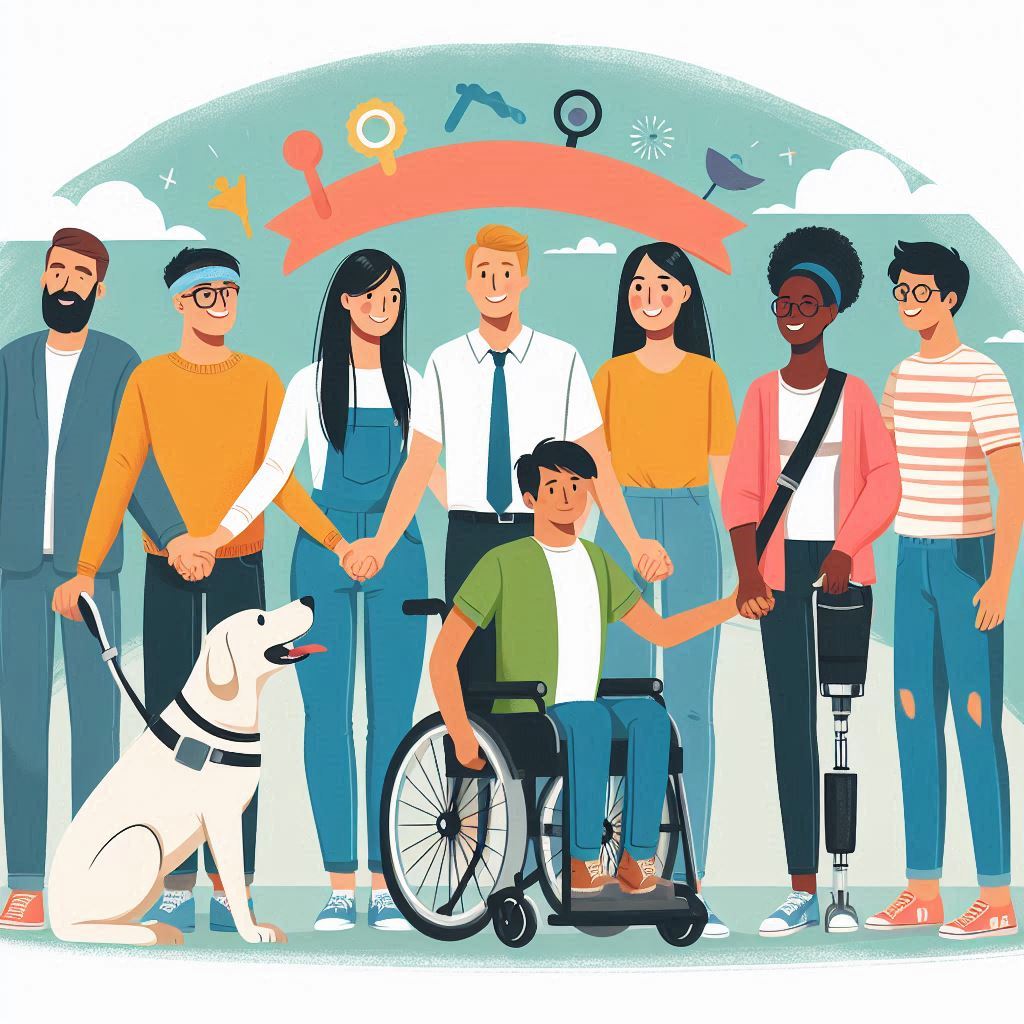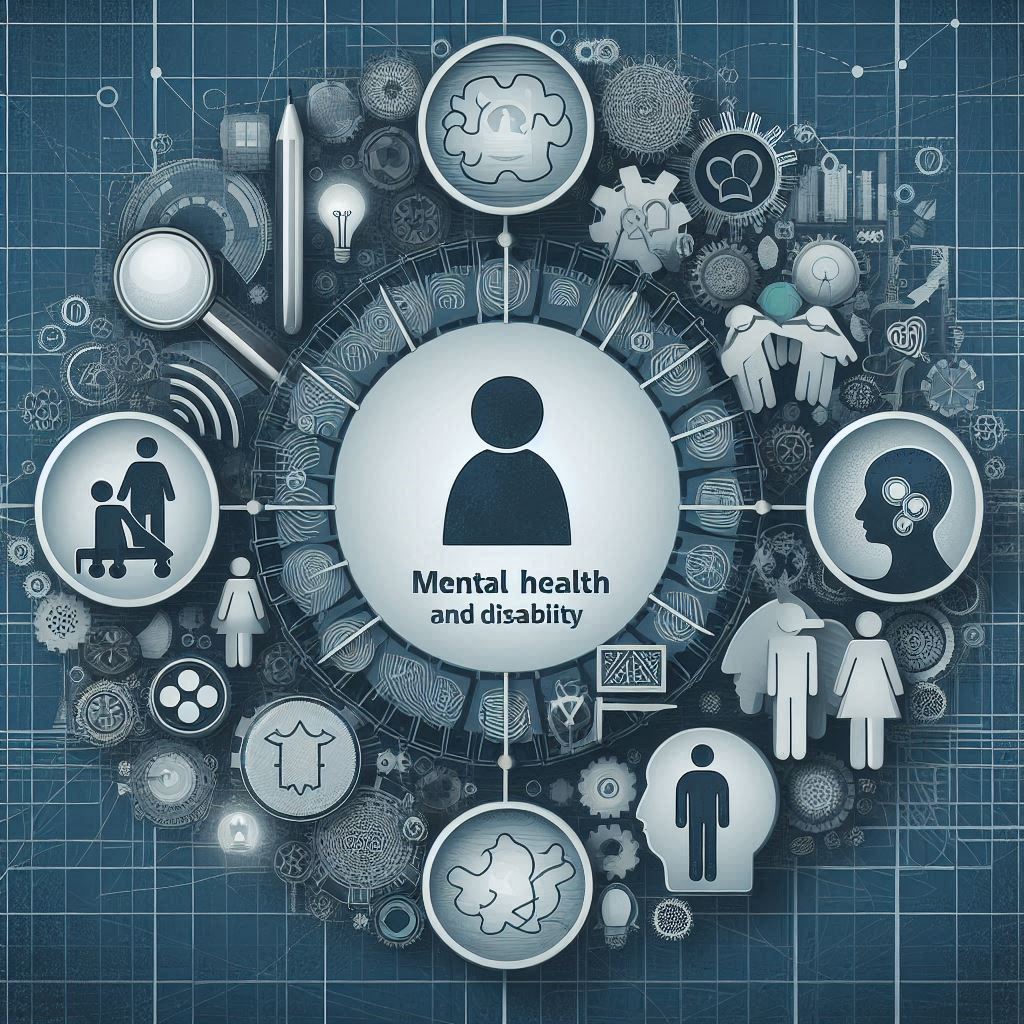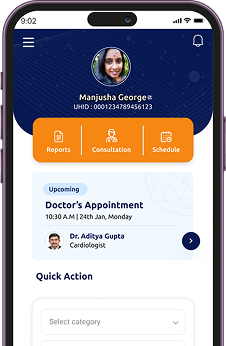The overlap between mental health and disability highlights a complex interplay where mental health conditions can qualify as disabilities under frameworks like the CRPD, particularly when they significantly impair daily functioning. Conversely, individuals with physical or sensory disabilities often face heightened risks of mental health challenges due to stigma, isolation, or accessibility barriers.
-
Mental Health as a Disability:
-
Under the United Nations Convention on the Rights of Persons with Disabilities (CRPD), mental health conditions are recognized as disabilities when they substantially impair an individual's functioning.
-
Common examples include severe depression, anxiety disorders, and schizophrenia, which may limit a person’s ability to work, maintain relationships, or manage daily activities.
-
-
Disability and Mental Health Challenges:
-
Living with a physical or sensory disability can increase the risk of developing mental health conditions due to societal stigma, isolation, or barriers to accessibility.
-
For example, individuals with chronic illnesses or mobility impairments often face depression or anxiety stemming from their condition or societal attitudes toward it.
-
-
Dual Diagnosis:
-
Some individuals experience both a physical or cognitive disability and a mental health condition, requiring coordinated care across disciplines.
-
For instance, a person with autism spectrum disorder (ASD) may also have co-occurring anxiety or depression.
-




















